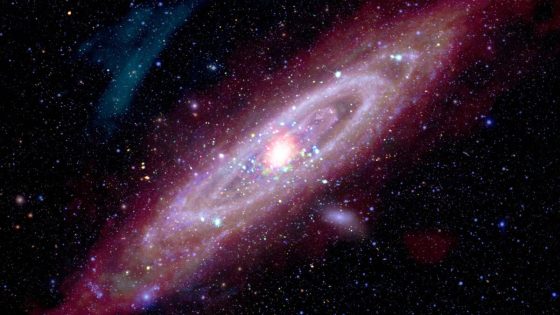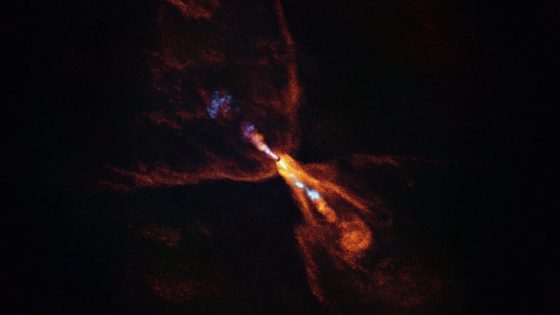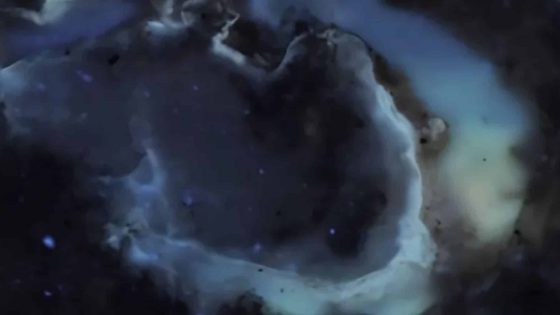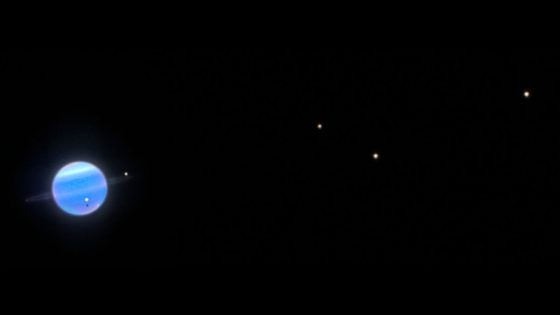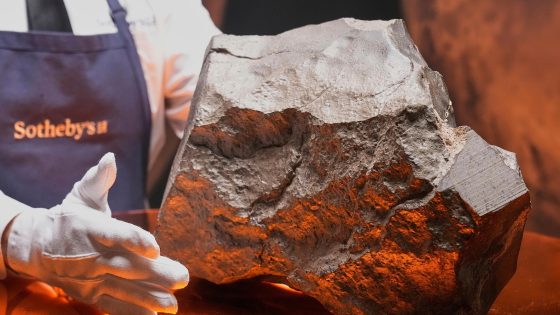Recent studies on Europa, Jupiter’s intriguing moon, have revealed unexpected hydrogen peroxide levels that could hint at the potential for life beneath its icy surface. Conducted by scientists at the Southwest Research Institute (SWRI), these experiments simulate Europa’s conditions to better understand its chemical processes. As we look forward to the Europa Clipper mission in 2025-07-27 14:06:00, these findings could reshape our understanding of extraterrestrial life.
- SWRI studies hydrogen peroxide on Europa.
- Experiments simulate Europa's icy conditions.
- Findings suggest subsurface oceans may exist.
- Research supports upcoming Europa Clipper mission.
- Chemical processes may indicate potential life.
- Collaboration enhances understanding of extraterrestrial environments.
This research raises critical questions about the moon’s habitability. How do chemical processes interact with potential life forms? The presence of hydrogen peroxide could indicate a chemical cycle that supports extremophiles, organisms thriving in extreme environments. Key points include:
- Hydrogen peroxide levels mirror those observed by the James Webb Space Telescope.
- Carbon dioxide significantly enhances hydrogen peroxide production.
- These findings suggest a chemical potential for life in Europa’s subsurface ocean.
As we delve deeper into the mysteries of Europa, the upcoming missions promise to uncover even more secrets. What other revelations about life in the cosmos await US beneath the ice?





